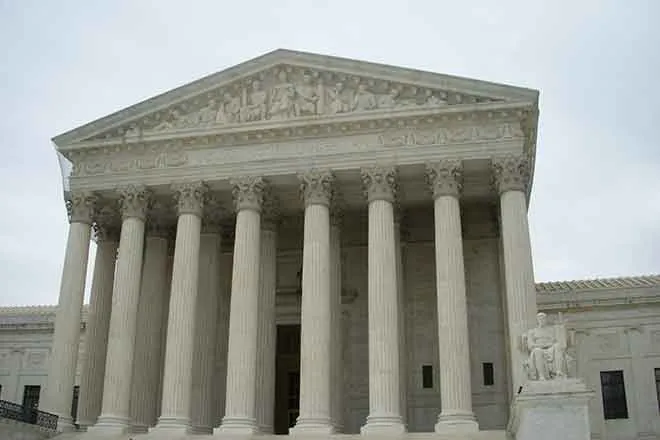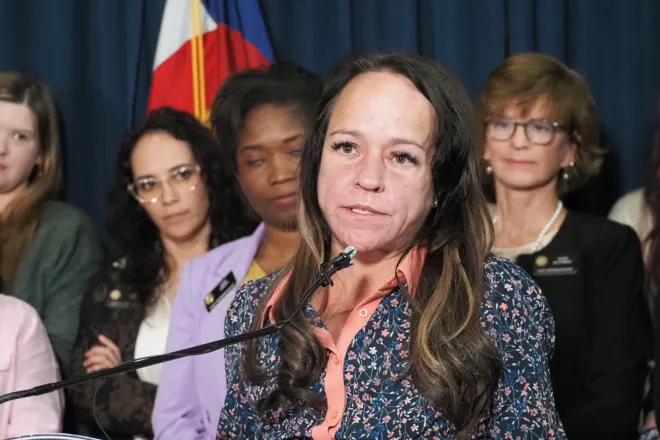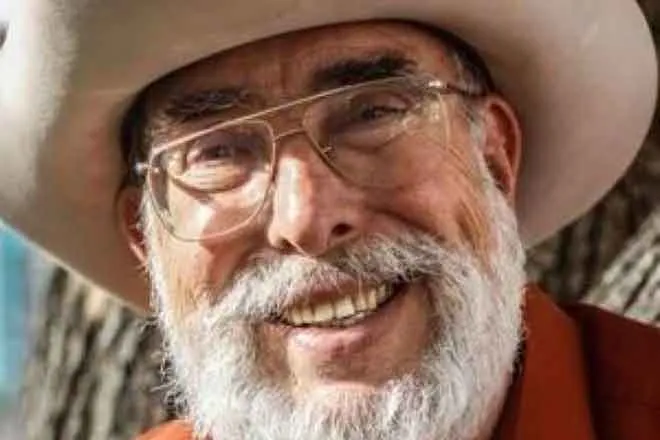
Colorado regulators approve new health limits for five ‘air toxics’
A long-running effort to broaden Colorado’s air pollution rules to include health limits on lesser-known hazards took another step forward on Friday, but advocates were again left frustrated by what they called a “missed opportunity” to go further.
Members of the state Air Quality Control Commission voted 8-0 to adopt an updated set of rules known as Regulation No. 30, establishing benchmarks for a group of “priority toxic air contaminants” identified by the commission earlier this year. The new health standards still need to be approved by the state Legislature, and they won’t be used in permitting or regulatory proceedings for at least another year.

© iStock - kovop58
Their enshrinement in Colorado Department of Public Health and Environment rules is another milestone for environmental and community groups that have fought for them for years — but it came with a reminder of the power that the business lobby has wielded in opposing those efforts at the state Capitol and beyond. Commissioners opted for a set of higher limits proposed by industry groups, rather than the lower limits proposed by environmental groups or a middle-ground position endorsed by CDPHE staff.
“This was a missed opportunity for the Commission to put community health first,” Patricia Garica-Nelson, an activist with nonprofit environmental organization GreenLatinos, said in a statement. “Coloradans came forward with powerful stories about the direct harm they face from toxic air pollution, yet decision-makers still chose weaker standards for most contaminants.”
The new rule’s five priority contaminants, also known as “air toxics,” were identified by state regulators with input from a scientific advisory group. They are among a class of hundreds of compounds classified as hazardous air pollutants by the Environmental Protection Agency. The EPA, however, only sets federal health standards for a core group of six well-known “criteria” pollutants, including ozone and carbon monoxide, which are the target of extensive regulations under the Clean Air Act.
These exposures don’t act alone — they pile up, creating cumulative harms that send kids, the elderly, outdoor workers, and families living close to oil and gas wells to the ER and even shorten lives.
In the absence of federal limits, Colorado has lagged behind other states in establishing its own state-level air toxics rules, and CDPHE came under scrutiny for allowing industrial pollution sources like Suncor Energy’s Commerce City oil refinery to effectively set their own emissions limits. After several years of trying, lawmakers representing Denver-area communities succeeded in passing a 2022 law directing the AQCC to begin regulating certain air toxics.
The five priority contaminants identified in the new rules are:
- Benzene, a volatile organic compound often associated with oil and gas production and linked to leukemia and other adverse health effects
- Hexavalent chromium, often emitted by industrial metal production and linked to lung cancer and respiratory problems
- Ethylene oxide, often used to sterilize medical equipment and linked to cancers and respiratory problems
- Formaldehyde, often associated with the production of wood products and resins and linked to cancers and other adverse health effects
- Hydrogen sulfide, often associated with oil and gas production, wastewater and food processing plants, and linked to a variety of adverse health effects
High levels of hydrogen sulfide are believed to have caused the deaths of six people killed in an incident at a dairy farm in Weld County last month.
State law requires the AQCC to adopt “emission control regulations” pertaining to priority air toxics by April 30. CDPHE staff didn’t perform an economic impact analysis on the rule adopted Friday, they wrote, because for now it will have “no regulatory impact on any person, facility, or activity.”

© iStock - posonsky - 1310166610
“Once approved by the General Assembly, the health-based standards may be integrated into regulatory and/or permitting requirements,” staff wrote. “An analysis of potential economic impacts will be done at that time.”
The AQCC, a volunteer commission appointed by the governor, set the new standards by drawing on a variety of existing recommendations from EPA health assessments and regulations in other states. But members sided with industry groups in adopting a high “hazard quotient” for non-cancer exposure risks, rather than a lower quotient backed by CDPHE, which agency staff argued would account for cumulative exposures and provide “ample margin of safety, particularly for vulnerable groups.”
“These exposures don’t act alone — they pile up, creating cumulative harms that send kids, the elderly, outdoor workers, and families living close to oil and gas wells to the ER and even shorten lives,” Dr. Maria Chansky, a Glenwood Springs physician and advocate with Healthy Air and Water Colorado, said in a statement. “In light of ongoing federal environmental rollbacks, it is more important than ever that Colorado safeguard our air through strong health-based standards to curb harmful air toxics.”
Though he voted for the rule’s adoption, AQCC commissioner Jon Slutsky voiced uneasiness with siding against the calls of community advocates who testified before the commission about their experiences “living close to the problem.”
“When we have people in the community coming before us, time and time again … I think we have to do more than just listen to them,” Slutsky said. “We have to actually give them some love.”

















